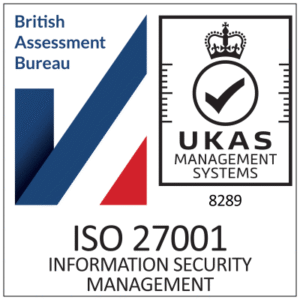
Apple Aims for Bigger Bite of Refurbished Market
The secondary market for mobile phones is a hot space right now. CCS Insight’s research in this area shows that it’s a buoyant market with tremendous growth potential. In the UK alone, we estimate that 4.5 million second-hand phones were sold in 2022 through organized secondary channels, and that doesn’t even include the many more being passed on as “hand-me-down” gifts or sold on auction sites and other unofficial channels.
And this isn’t just happening in the UK: our research highlights annual growth of about 35% in Italy and Spain, 15% in Germany and 10% in France, based on sales volume between 1Q22 and 3Q22.
Demand is such that the biggest problem in many markets is getting a consistent supply of good-quality, pre-owned phones. iPhones are particularly sought-after, accounting for 82% of volume in 2022, with the iPhone 11 and iPhone X responsible for 42% of the total in Europe. In fact, the five biggest sellers were all iPhone models.
But the secondary market for smartphones is still relatively young and we’ve previously described it as “the Wild West”. Numerous companies are jostling to take control of this space and there are no consistent best practices for grading devices or certifying what benchmark a refurbished product should meet. This means purchasing can be risky, with people buying used smartphones only to find there’s excessive wear and tear or the battery health is low, for example.
It’s little surprise, then, that Apple appears to be quietly ramping up its efforts in the secondary market for iPhones. We’ve noticed that a growing range of models, including the iPhone 13 family, have started to appear on Apple’s online store for refurbished devices in several markets. Stock levels seem to fluctuate quickly, with the iPhone 11 being in good supply but newer models regularly out of stock.
Apple is clearly trying to set a new bar with its own refurbished programme. All the devices it sells come with a new battery, new outer shell, and are backed by a one-year warranty. They’re repackaged in a new box and offered with all the appropriate accessories and cables.
But this comes at a cost, and a refurbished iPhone bought direct from Apple is generally a little more expensive than through many independent channels. In reality, Apple can’t drive prices down too much without risking a knock-on impact on sales of brand-new iPhones, so setting a slightly higher price for pre-owned iPhones is in its interest. And by reaching for a larger piece of the second-hand market, the company looks set to bring even more first-time iPhone buyers into its ecosystem who might not be able to afford a brand-new device.
Apple is in an incredibly strong position to supply second-hand iPhones, thanks to all the devices generated by its trade-in scheme. Currently, devices collected through Apple’s programmes are handled by third-party companies. But Apple is well-positioned to take greater control of the flow of secondary devices if it chose to. If it really wants to make in-roads in the market, it could even offer iPhones through a subscription service to guarantee a more predictable stream of returning devices. And iPhone is just the start — there’s also a lot of potential for MacBook, iPad and Apple Watch products.
The CCS Insight team is watching Apple’s efforts in this area with interest. Its impact on the wider market for second-hand devices is one of the hottest developments we’re tracking right now as part of our circular economy research.
Click here to learn more and to download a free summary report.
 LinkedIn
LinkedIn
 Email
Email
 Facebook
Facebook
 X
X
